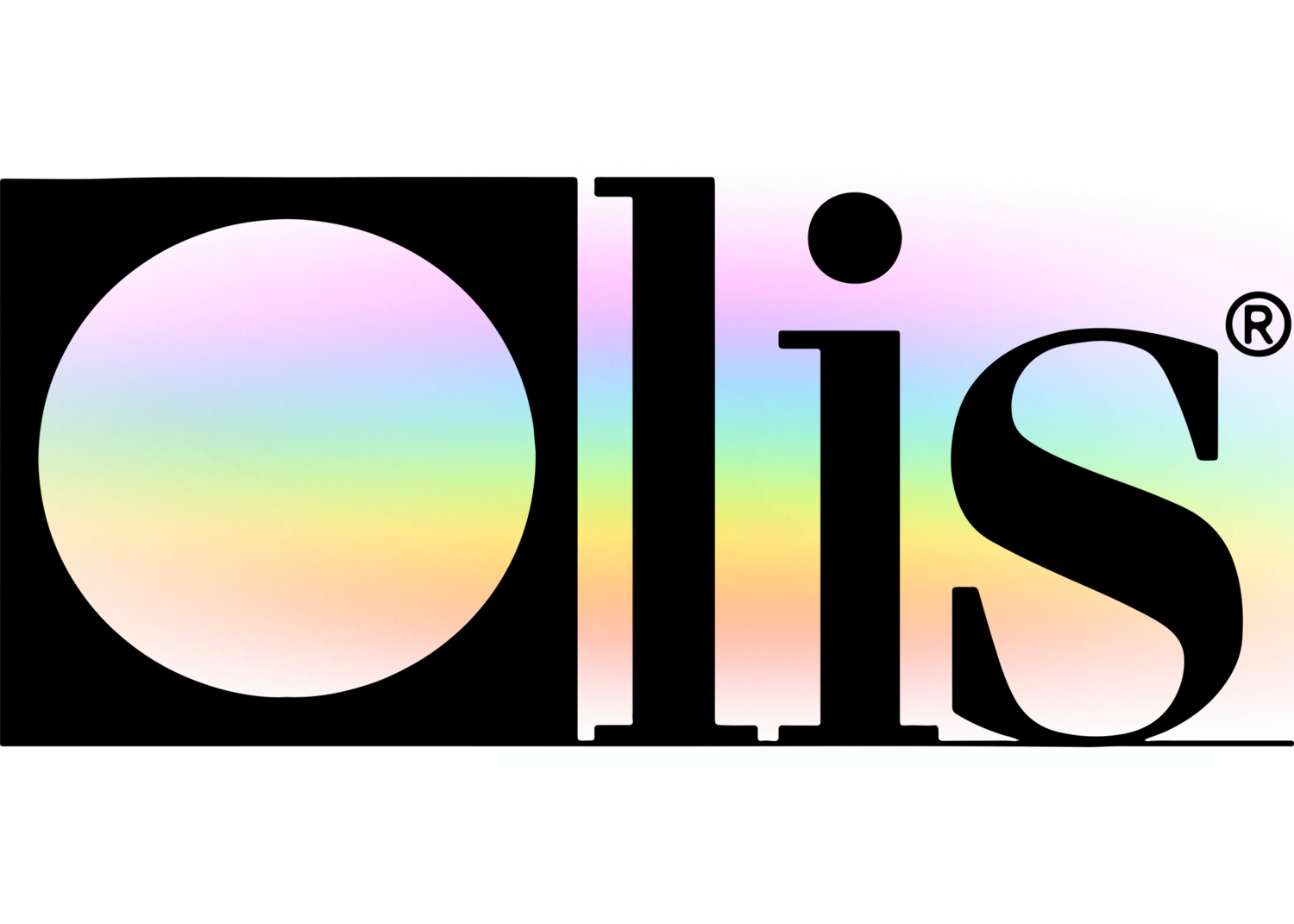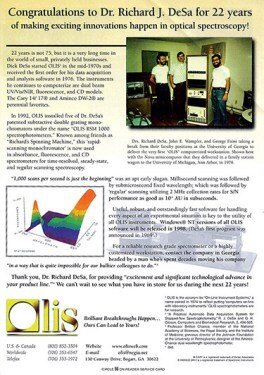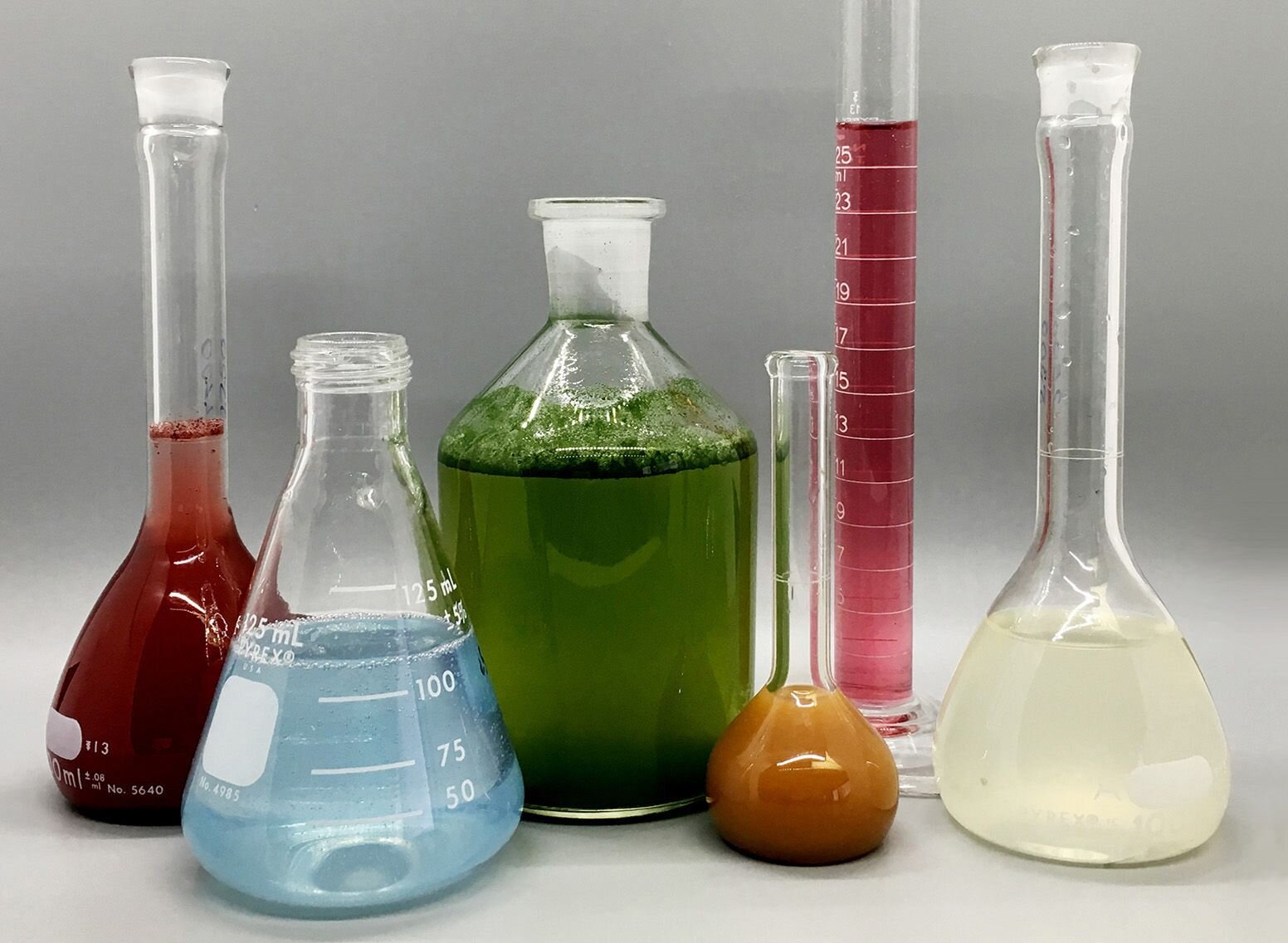Some Ideas on Spectrophotometers You Need To Know
Some Ideas on Spectrophotometers You Need To Know
Blog Article
The Definitive Guide for Circular Dichroism
Table of ContentsAll About Circularly Polarized LuminescenceNot known Details About Circularly Polarized Luminescence A Biased View of Uv/visSome Ideas on Circularly Polarized Luminescence You Should KnowUv/vis Can Be Fun For Everyone

Spectrophotometry is a tool that hinges on the quantitative analysis of molecules depending on how much light is soaked up by colored substances.
The Greatest Guide To Circular Dichroism
A spectrophotometer is frequently used for the measurement of transmittance or reflectance of services, transparent or opaque solids, such as polished glass, or gases. Although numerous biochemicals are colored, as in, they absorb noticeable light and for that reason can be determined by colorimetric treatments, even colorless biochemicals can frequently be converted to colored substances suitable for chromogenic color-forming reactions to yield compounds appropriate for colorimetric analysis.: 65 Nevertheless, they can also be created to measure the diffusivity on any of the listed light varieties that normally cover around 2002500 nm using different controls and calibrations.
An example of an experiment in which spectrophotometry is used is the decision of the stability constant of a service. A certain chemical reaction within an option may take place in a forward and reverse instructions, where reactants form items and products break down into reactants. At some time, this chemical response will reach a point of balance called a stability point.
How Uv/vis/nir can Save You Time, Stress, and Money.
The amount of light that travels through the option is a sign of the concentration of particular chemicals that do not permit light to go through. The absorption of light is because of the interaction of light with the electronic and vibrational modes of particles. Each type of particle has a private set of energy levels related to the makeup of its chemical bonds and nuclei and thus will absorb light of particular wavelengths, or energies, leading to special spectral homes.
Using spectrophotometers covers different scientific fields, such as physics, products science, chemistry, biochemistry. UV/Vis/NIR, chemical engineering, and molecular biology. They are extensively utilized in numerous industries consisting of semiconductors, laser and optical manufacturing, printing and forensic examination, in addition to in laboratories for the research study of chemical compounds. Spectrophotometry is typically utilized in measurements of enzyme activities, determinations of protein concentrations, determinations of enzymatic kinetic constants, and measurements of ligand binding reactions.: 65 Ultimately, a spectrophotometer has the ability to identify, depending upon the control or calibration, what substances exist in a target and exactly just how much through computations of observed wavelengths.
This would come as a service to the previously produced spectrophotometers which were not able to absorb the ultraviolet correctly.
Some Ideas on Uv/vis/nir You Should Know
It would be found that this did not give acceptable outcomes, therefore in Design B, there was a shift from a glass to a quartz prism which allowed for better absorbance outcomes - spectrophotometers (https://www.callupcontact.com/b/businessprofile/Olis_Clarity/8903776). From there, Design C was born with an adjustment to the wavelength resolution which ended up having 3 units of it produced
It irradiates the sample with polychromatic light which the sample absorbs depending upon its residential or commercial properties. Then it is transferred back by grating the photodiode selection which detects the wavelength area of the spectrum. Ever since, the production and implementation of spectrophotometry gadgets has This Site actually increased immensely and has actually become one of the most ingenious instruments of our time.

Circularly Polarized Luminescence for Beginners
Historically, spectrophotometers use a monochromator including a diffraction grating to produce the analytical spectrum. The grating can either be movable or fixed. If a single detector, such as a photomultiplier tube or photodiode is utilized, the grating can be scanned step-by-step (scanning spectrophotometer) so that the detector can determine the light strength at each wavelength (which will correspond to each "step").
In such systems, the grating is repaired and the intensity of each wavelength of light is determined by a different detector in the selection. In addition, most contemporary mid-infrared spectrophotometers use a Fourier transform strategy to obtain the spectral information - https://dzone.com/users/5082179/olisclarity1.html. This technique is called Fourier change infrared spectroscopy. When making transmission measurements, the spectrophotometer quantitatively compares the portion of light that travels through a referral solution and a test option, then digitally compares the intensities of the two signals and calculates the percentage of transmission of the sample compared to the recommendation requirement.

Report this page